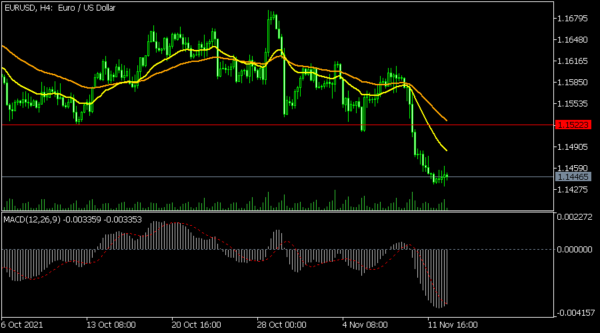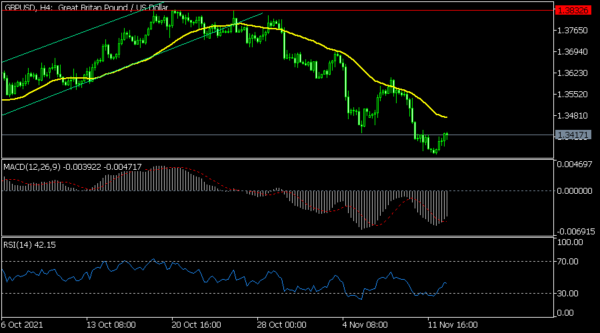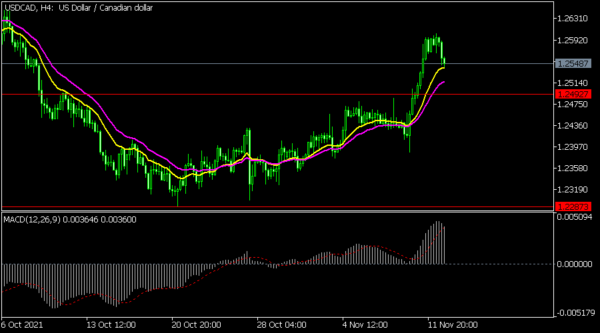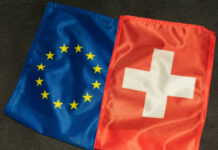The euro remained close to its lowest level in July 2020 as the market continued to worry about the reportedly rising number of Covid cases in Europe. In the past few weeks, the number of Covid cases has risen in some key countries like Netherlands, Germany, and Austria. As a result, some of these countries have announced some restrictions to curb the spread. At the same time, analysts believe that the situation will worsen in the coming winter months. The currency is also dropping as Brexit continues being a thorn in the side for the region. The UK has threatened to invoke article 16 because of the Northern Ireland situation. That action will lead to more volatility in the region.
The euro and European futures are also struggling because of rising tensions in the region. Last week, the American government warned the European Union that Russia was planning another attack on Ukraine. The report cited the rising number of troops near the Russian and Ukrainian border. Russia has rejected the claim by the Americans. Still, the tensions between the two sides are real. For one, Russia has punished the EU by boosting the price of natural gas. The country is also supporting the Belarusian president in the ongoing migration crisis.
The economic calendar will be relatively muted today. The most important numbers came earlier during the Asian session. Data from Japan showed that the economy contracted by 3.0% in the third quarter. This decline happened as capital expenditure and consumer consumption worsened. Meanwhile, in China, data by the Bureau of Statistics also showed that the country’s industrial production rose by 3.5% in October after rising by 3.1% in September. Other key data to watch will be the Eurozone trade balance, Sweden’s consumer price index (CPI), and Canada’s auto sales.
EURUSD
The EURUSD pair has been in a major sell-off in the past few weeks. The pair has managed to move below the key support level at 1.1522, which was the neckline of the head and shoulders pattern. It has also moved below the short and longer-term moving averages. The pair has also moved to the lower side of the Bollinger Bands while the MACD has continued falling. Therefore, the pair will likely have a brief rally this week.
GBPUSD
The GBPUSD pair had a difficult week last week. It declined to a multi-month low of 1.3350 as the US dollar strength remained. The pair has made a brief rebound even as the tensions over Brexit resume. It has moved to the middle line of the Bollinger Bands and dropped below the moving averages. The MACD has moved up slightly. Therefore, the pair will likely keep rising as bulls target the key resistance at 1.3400.
USDCAD
The USDCAD pair declined to a low of 1.2548, which was slightly below the key resistance level at 1.2602. On the four-hour chart, it is above the neckline of the inverted head and shoulders pattern. It is also attempting to move below the 25-day moving average. Therefore, the pair will likely keep falling as bears target the key support at 1.2492. This will be part of the break and retest pattern.
















